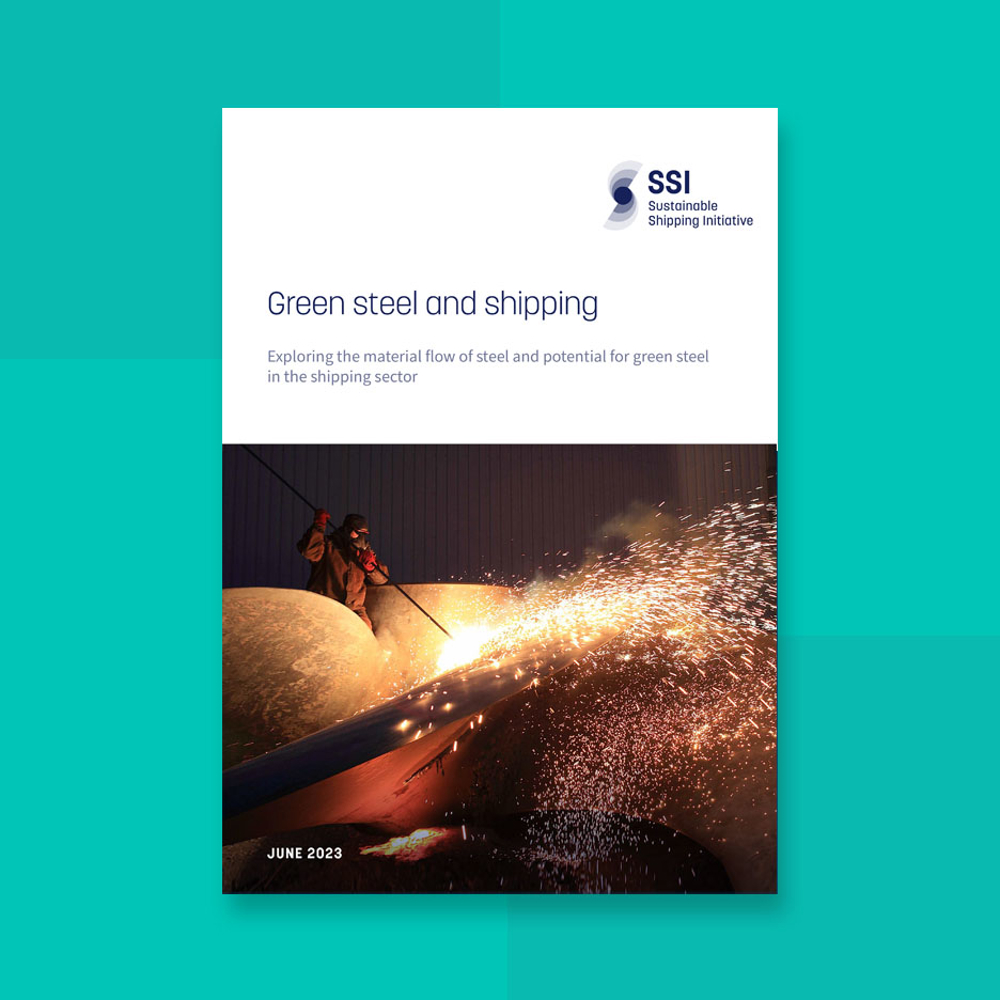Every energy transition journey is different. It’s why our Maritime Decarbonisation Hub connects LR with stakeholders across the shipping value chain. We unify our industry-leading knowledge, regulatory insight, innovative research and extensive partner network to proactively support your energy transition objectives.
Current decarbonisation efforts in shipping focus on and address emissions at the operational phase of a ship’s lifecycle. However, for shipping to decarbonise in a way that futureproofs the industry to 2050 and beyond, we need greater recognition of the emissions and sustainability aspects of the materials that make up a ship, as well as their lifespans, repairability, and re-use.
Steel is the primary shipbuilding material, making up over 75% of a vessel by weight, and the steel industry is responsible for 7-9% of global GHG emissions. Addressing steel emissions is critical to decarbonising across the ship lifecycle and provides opportunities for collaboration with the steel sector and other steel demand sectors.
This report, published by the Sustainable Shipping Initiative and supported by the Lloyd’s Register Maritime Decarbonisation Hub, identifies the drivers and barriers to closing the loop on steel in shipping, including the challenge of scrap steel supply, growing regulation around sustainability and emissions reporting, as well as the potential for tools, such as material passports, to enable demand and uptake of green steel in shipping.








